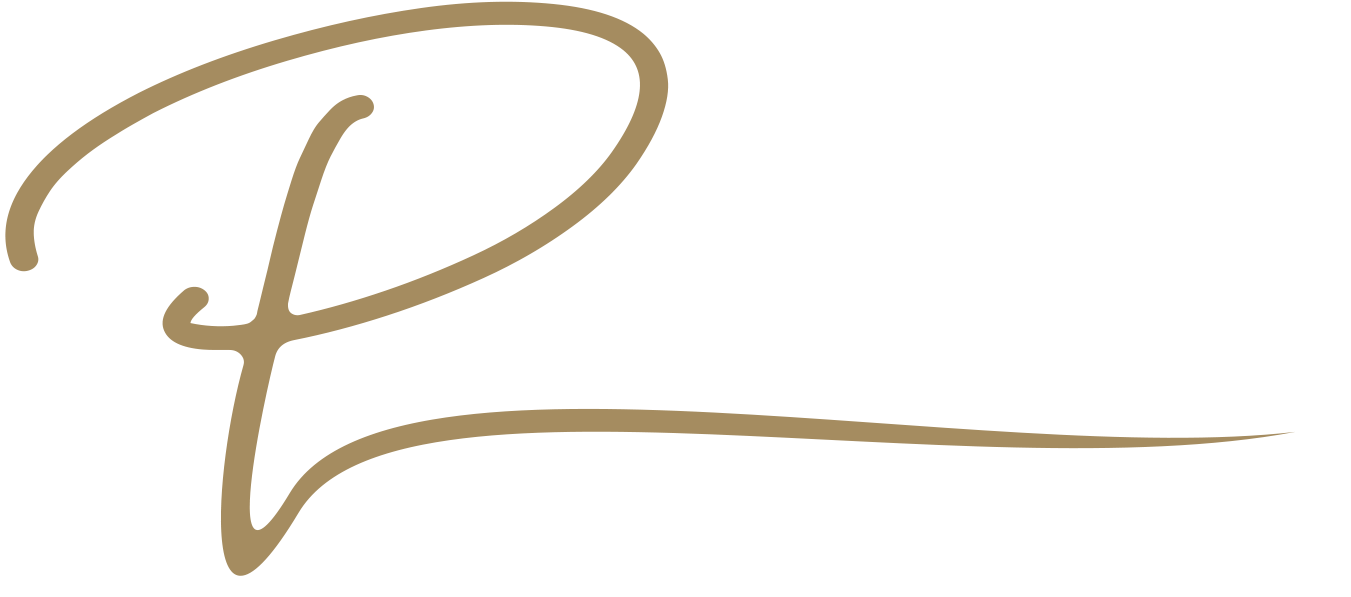
What Makes Marketing Segmentation A Successful Practice
Marketing segmentation allows users to be more relatable with their audience and, in return, can increase brand profitability and retention. By segmenting your audiences based on their behavior, demographics, psychographics, or geographical location, you can enhance user experience and maximize your marketing efforts. Marketing segmentation is a strategy that marketing professionals use throughout various verticals. But, especially in the luxury market, it can be a fundamental element of success.

Behavioral Marketing
Behavioral marketing can be defined as a strategy in which consumers are targeted and served content based on their actions. An example of behavioral marketing is Google’s “in-market” audience segments. These users are actively browsing and exploring products or services that align with your in-market category. Through technological tracking of consumers, marketers can determine who is interested and potentially in-market for items that align with their brand. Some forms of obtaining consumer behavior data to define these categories are website analytics, cookies, previous search history, social media interaction, purchase history, and app usage data. Luxury brands can utilize behavioral marketing for both consumer retention and acquisition from competitors.

Demographic Marketing
Marketing demographically allows brands to reach their most likely customers and clientele based on various factors. Some demographics that can be applied to a marketing strategy to develop the ideal customer persona are age, gender, ethnic background, income, education, industry or job title, and family/relationship status. For example, a campaign for a luxury engagement ring would most likely target men who fall in a higher income percentile and are in a relationship—but not yet engaged or married. You might also consider age as a factor based on statistics that show a higher percentile of engagement ring shoppers within a specific age range.

Psychographic Marketing
Psychographic marketing uses psychology to better understand consumers’ wants and needs. A few consumer psychological targeting examples are their values, habits, hobbies, attitude, opinions, and lifestyles. A great example of a luxury brand that developed a strategy to reach a broader audience that may not have aligned with their products demographically, but does psychologically, is Porsche. By developing a rental program in which consumers can rent the Porsche vehicle of their choice by the day with no long-term commitment, they are able to capitalize on an audience that admires the value and lifestyle that a Porsche embodies; but may not otherwise be able to afford their product.

Geographical Marketing
Geographic marketing is an approach to targeting products or services to people who live in, shop at, or frequently visit a particular location. Much like behavioral marketing can track users based on their virtual actions and interests, demographic segmentation works on the principle that consumers commonly in particular physical areas have similar needs and wants. For example, if a luxury real estate firm wants to target consumers who may be interested in a $2,500,000 home they have available. There is a presumably higher chance that they will successfully reach interested qualified buyers in zip codes where there are generally higher household incomes.

Marketing Segmentation As A Whole
As a luxury brand, it’s essential to look at audience segments broadly to determine where any gaps or opportunities may exist. But, it is equally as important, to view your brand’s strategy more narrowly to explore the advantages and disadvantages of each segment and develop an effective strategy accordingly.



